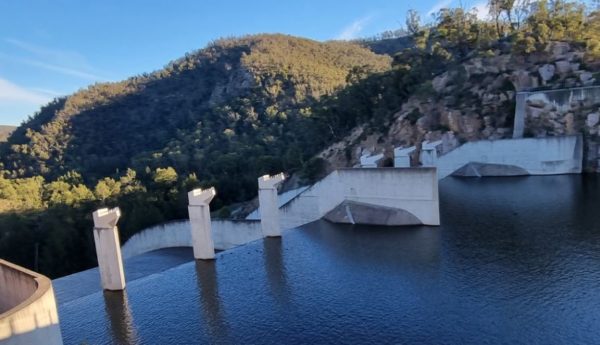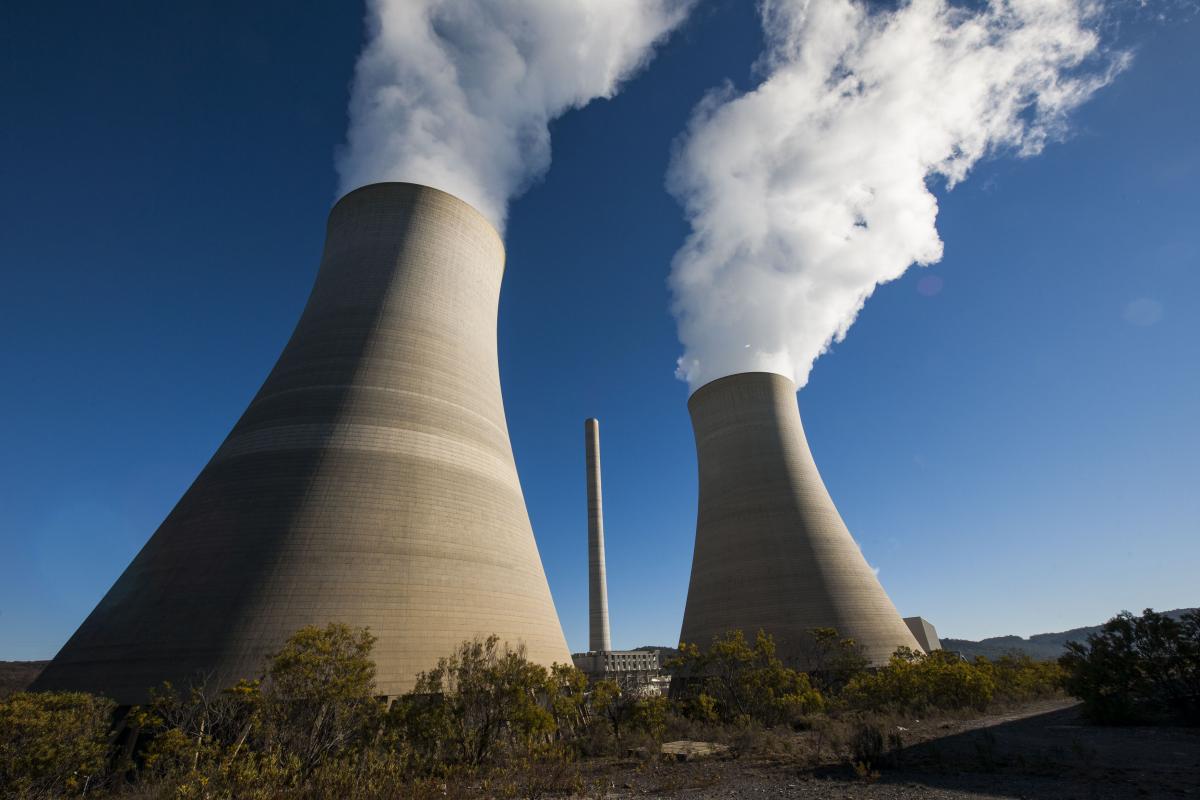EnergyAustralia has announced it will fast-track the closure of the Mt Piper coal-fired power station near Lithgow as part of its transition to clean energy and commitment to reach net-zero emissions by 2050.
The Mt Piper plant was previously scheduled to close in 2042 but EnergyAustralia revealed in an updated Climate Change Statement published on Thursday that it plans to transition out of coal by 2040.
The announcement comes little more than six months after EnergyAustralia confirmed it would bring forward the closure of the Yallourn power station in Victoria’s Latrobe Valley by four years to mid-2028.
“The clean energy transformation is accelerating, with more renewable, storage and flexible energy technology available at lower costs than ever before,” EnergyAustralia managing director Mark Collette said.
“While Mt Piper’s ultimate retirement date will be determined by several factors, we are committed to long-term planning and supporting the transition for our workers and our local communities.”
EnergyAustralia’s updated Climate Change Statement includes specific emission-reduction targets, including a goal to reach net-zero emissions by 2050 and an interim target to reduce its direct carbon dioxide emissions by more than 60% on 2019-20 levels by 2028-29.
“We have, and will continue to make, significant investments as part of our commitment towards reaching net-zero emissions,” Collette said.
“This includes projects such as our carbon-neutral gas and hydrogen power plant in NSW, Tallawarra B, and the Wooreen battery at Jeeralang in Victoria.”
EnergyAustralia, which is owned by Hong Kong-based CLP Group, is also investigating the feasibility of developing a pumped hydro energy storage (PHES) facility at Lake Lyell near the Mt Piper site.

Image: Arup
The project proposes to use the 34-gigalitre Lake Lyell, which was specifically built to supply water to the power station, as a lower reservoir with a new upper reservoir to be built on the southern flank of the adjacent Mt Walker. It would also incorporate existing transmission assets.
Preliminary studies by engineering firm Arup suggest that a pumped hydro project at the Lake Lyell facility could produce 350 MW of renewable energy with more than eight hours of storage – enough to power more than 150,000 households during peak periods.
“There are many positive elements supporting EnergyAustralia’s Lake Lyell PHES, including land and water access rights, proximity to HV infrastructure and the overall site geometry aligning with pumped hydro technical key requirements,” Arup project director Matthew Lloyd-Smith said.
EnergyAustralia said it is currently undertaking detailed financial modelling for the project and estimates that design and development work could take about two years, and construction three years, which means a pumped hydro facility at Lake Lyell could be operating around 2026.
EnergyAustralia chief operating officer Liz Westcott has said the project could play an important role as part of the future energy mix in NSW and support Lithgow’s future in becoming a renewable energy hub.
“Initial studies show that a Lake Lyell pumped hydro energy storage facility has enormous potential to become a major piece of infrastructure for NSW in a transitioning energy system,” she said.
“Pumped hydro will continue to play an important role in providing reliable, affordable and cleaner power for homes and businesses into the future. It’s a low-emission technology that can store large volumes of electricity for quick release, helping to provide cover at times when renewables aren’t available and fill a large gap that will be left by the retirement of coal power plants.
“The ability to operate in seconds will ensure the lights stay on and energy costs are kept down for customers.”
This content is protected by copyright and may not be reused. If you want to cooperate with us and would like to reuse some of our content, please contact: editors@pv-magazine.com.









4 comments
By submitting this form you agree to pv magazine using your data for the purposes of publishing your comment.
Your personal data will only be disclosed or otherwise transmitted to third parties for the purposes of spam filtering or if this is necessary for technical maintenance of the website. Any other transfer to third parties will not take place unless this is justified on the basis of applicable data protection regulations or if pv magazine is legally obliged to do so.
You may revoke this consent at any time with effect for the future, in which case your personal data will be deleted immediately. Otherwise, your data will be deleted if pv magazine has processed your request or the purpose of data storage is fulfilled.
Further information on data privacy can be found in our Data Protection Policy.